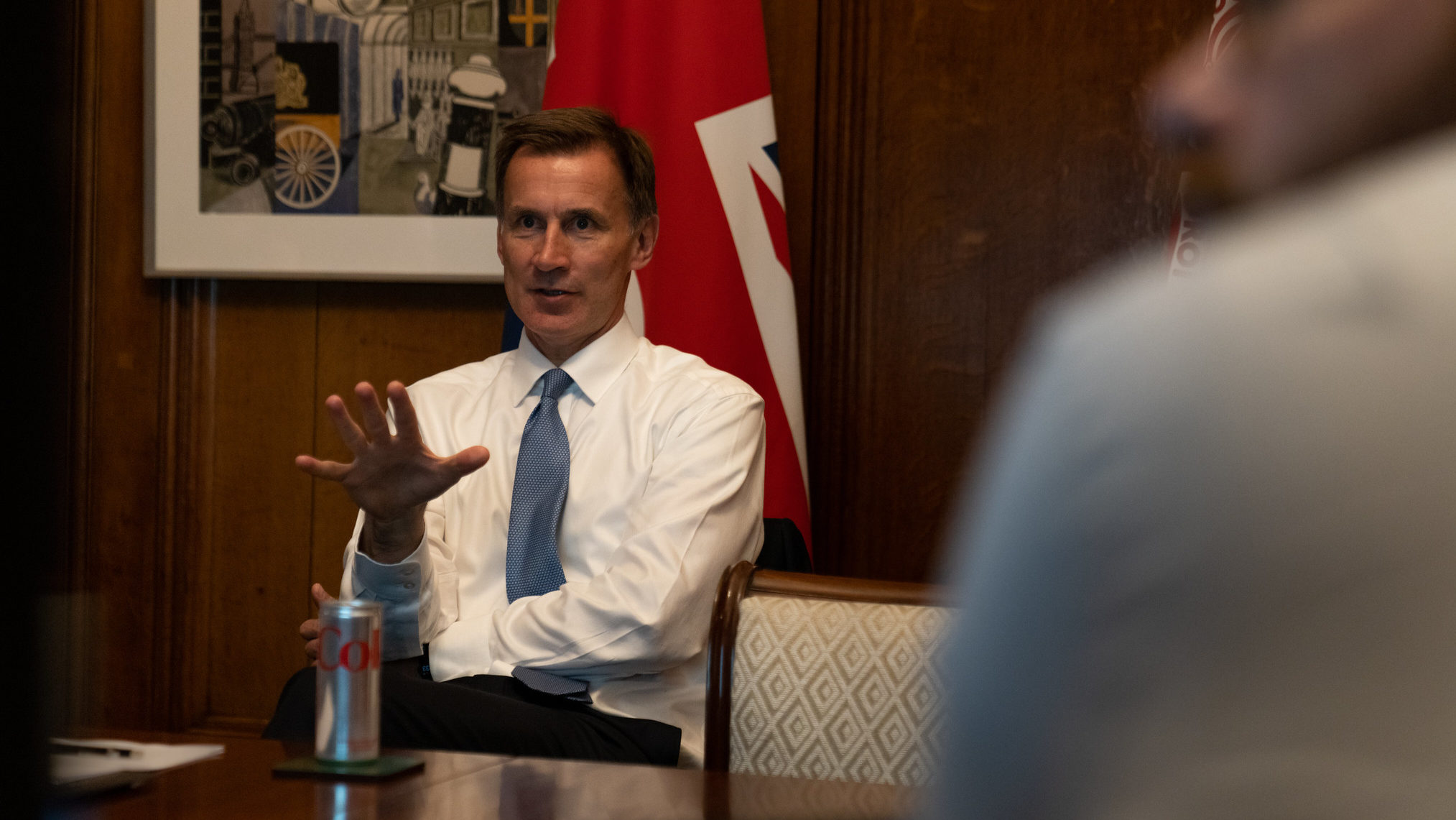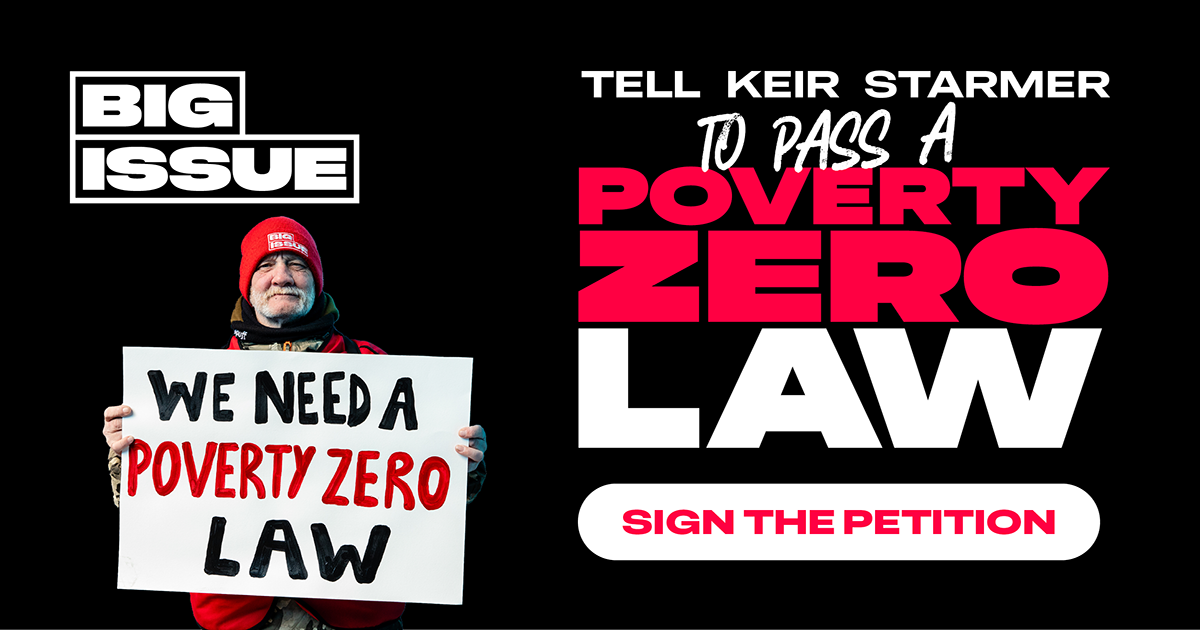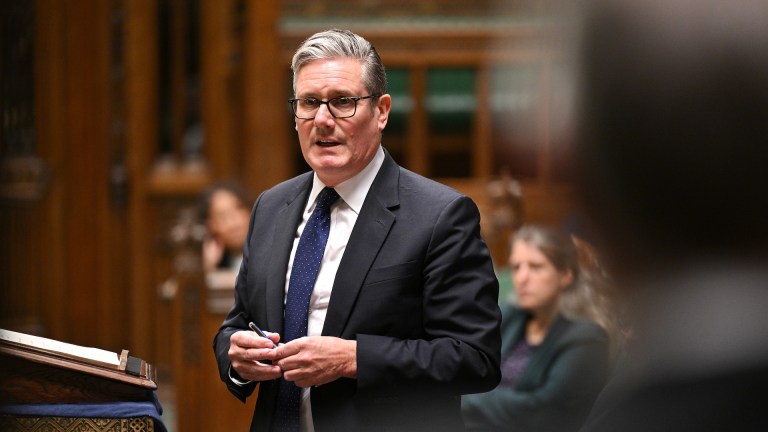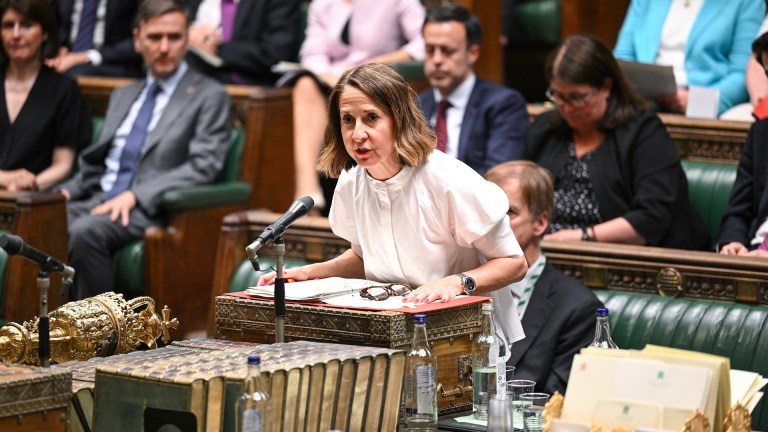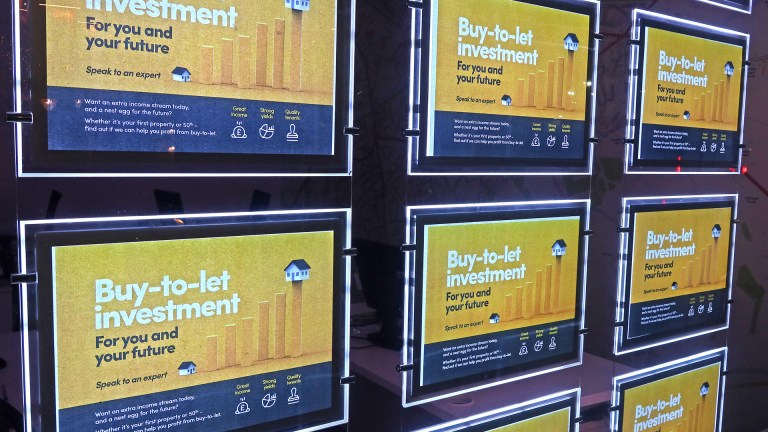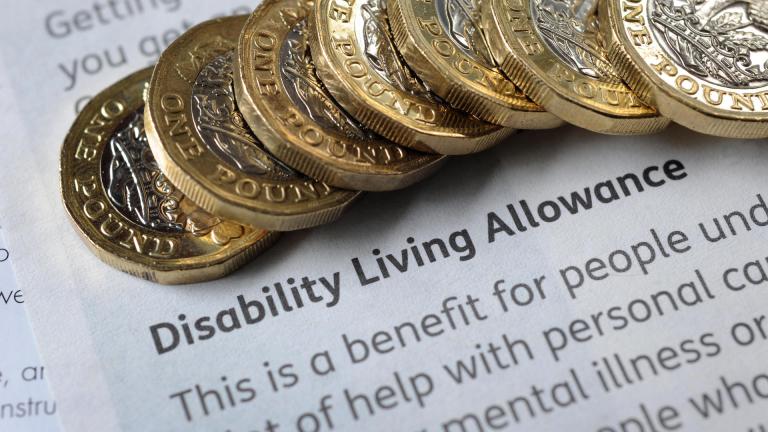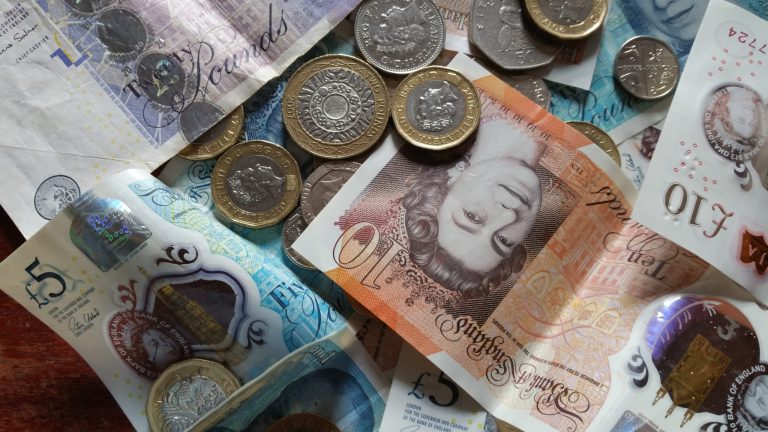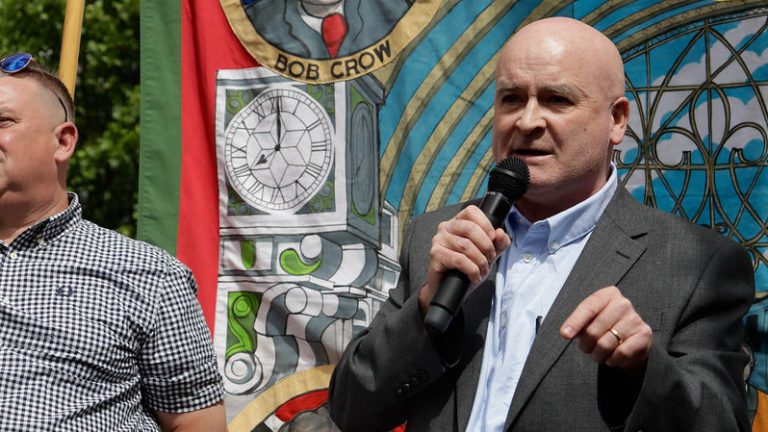2. Falling inflation doesn’t mean falling prices
It’s tempting to see inflation falling on a graph and think it means prices are going down. But often it’s just that prices are rising less quickly.
For example, from July to August 2022 inflation fell by 0.2 per cent. But prices still rose.
Prices can also go down month-on-month while inflation remains positive. Inflation is usually measured by comparing prices to the same month in the previous year, rather than the previous month.
For example, prices fell from December 2021 to January 2022, but inflation actually went up 0.1 between the two months.
As a rule of thumb, any time inflation is above 0, prices are higher than they were a year ago.
Your support changes lives. Find out how you can help us help more people by signing up for a subscription
Advertising helps fund Big Issue’s mission to end poverty
3. Rent increases
Today’s inflation figures are being attributed to rising energy and food costs, but rents are also rising.
4. The poorest are facing higher price rises
Rising prices aren’t spread evenly among the population – those in the lowest income brackets have seen prices rise more than those in the richest brackets.
Get the latest news and insight into how the Big Issue magazine is made by signing up for the Inside Big Issue newsletter
5. Council tenants are facing higher inflation
Price rises also vary depending on whether you own or rent your home. Subsidised renters – those renting from a social landlord, a council, or who live rent free – saw the highest rate of inflation.
Private renters actually faced lower overall price increases than those who own and live in their own homes, also known as owner-occupiers.
6. Food prices have risen faster than inflation in some cases
It’s impossible not to notice while doing a weekly shop: everyday items are noticeably more expensive. And today’s statistics illustrate just how sharp those rises have been.
Advertising helps fund Big Issue’s mission to end poverty
Let’s imagine you’ve done a slightly weird shopping trip: a loaf of bread, a pint of milk, 250g of butter, a 250g box of teabags, a kilogram of cheddar, a cucumber and a kilogram of bananas. Then, while you decide what exactly to make with all that, you washed it down with a pint of draught lager at the pub
In October 2021 that’d cost you £16.74
In October 2022 it’d cost £20.11
So while the headline rate of inflation is 11.1 per cent, this basket of shopping has increased by 20.1 per cent.
7. Energy prices have also shot up
For anyone who has received an energy bill recently, this won’t be a surprise. But it’s a key driver of inflation, and it’s useful to see that increases have been sustained over many years, with the latest increases particularly severe.
Big Issue Group’s #BigFutures is calling for investment in decent and affordable housing, ending the low wage economy, and millions of green jobs. The last 10 years of austerity and cuts to public services have failed to deliver better living standards for people in this country. Sign the open letter and demand a better future.
Advertising helps fund Big Issue’s mission to end poverty
Read more of the Big Issue’s coverage of inflation and the Autumn Statement:
